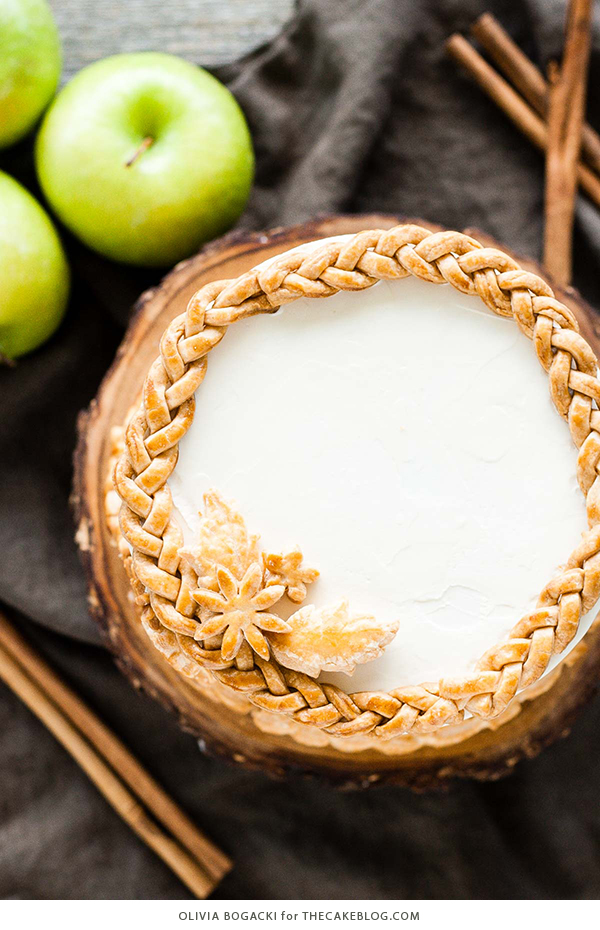

Once you've rolled the cutter down the length of the dough, you'll gently pull the dough from the sides to spread the lattice out like an accordion, or a pair of fishnet stockings. From there, it's a smooth cut to the other side of the dough. Begin rolling the cutter from either the top or bottom edge of your generously-floured dough, stopping after about half of a rotation to gently remove any dough that may have clung to the wheels. You’ll have to make sure the edge of the dough isn’t sticking to the inside of the wheels as you cut the dough. We noticed that there was a small learning curve to using this lattice cutter. It has a wooden handle and rolling stainless steel blades, and feels like a sturdy tool right out of the box. You might also recognize the pattern that it makes as the typical crust decoration on a beef Wellington, which is just one of its many uses. Uses: Lattice-top pies, pasta, decorative pastry doughs | Material: Stainless steel and olivewood | Dishwasher Safe: Noįast and efficient, this roller cutter has multiple blades so that one swipe can create an attractive lattice pattern quickly. We did notice that the wood seemed a little dry straight out of the box and a little mineral oil rubbed into the handle might help extend its life. Wash and dry it by hand to preserve the olivewood handle. This may be a small tool, but it’s been made to last a lifetime. It's also easy to control to keep it cutting straight, which is ideal for people who prefer to free-cut their dough instead of using a straight edge as a guide. There wasn't any excessive wobbling of the wheel while cutting, and it rolled cleanly through chilled pie dough without needing to push too hard into the dough. We used this fluted pastry wheel to cut strips of dough for a lattice-top pie, and were impressed with the durability of the cutter overall and the stability of the wheel itself. The pastry cutter allows you to add a decorative edge to your pie crust lattice, cookies, or pasta, including handmade ravioli and farfalle. This fluted pastry cutter by Williams Sonoma is of the highest quality: The rotary blade is made from stainless steel, and the handle, which is beautifully joined to the blade, is made of olivewood. Uses: Top pie crust cutter, cookie punch | Material: Plastic | Dishwasher Safe: Noįluted wheel not appropriate for all projects If you notice residue in the tight cracks after several uses, a quick soak in very hot, soapy water, followed by a gentle scrub with a small cleaning brush (or toothbrush) will dislodge any build-up. After removing any excess dough, it was easy to wash the crust cutter with warm soapy water. Not only was the lattice pattern crisp and elegant, but the resulting pie baked up with a delicate lattice crust that was as beautiful as it was crispy.Īs you might expect, the smaller dough cut-outs were caught in the punch and were easy to remove by hand or with a dull tool (like a chopstick). Instead, we laid our dough over the cutter and gently rolled it with a flat rolling pin, cleanly pressing the lattice shape into the dough from below and making perfectly clean cuts. But we found this method didn't cleanly cut through all of the dough without an extreme amount of pressure. The instructions suggest using this like a large cookie cutter-by pressing it into the rolled-out dough from above. It's made of heavy plastic, and feels sturdy enough that we wouldn't worry about storing it away with other tools stacked on top of it. Use one side to make an easy flower-shaped lattice crust or flip it over to create a circle of open hearts on your pie crust. Since it lends itself to frequent use and performed well in testing, we deemed it our best overall option. This red pie top crust cutter makes any pie look stunning with a fraction of the effort of a hand-woven lattice crust.


 0 kommentar(er)
0 kommentar(er)
